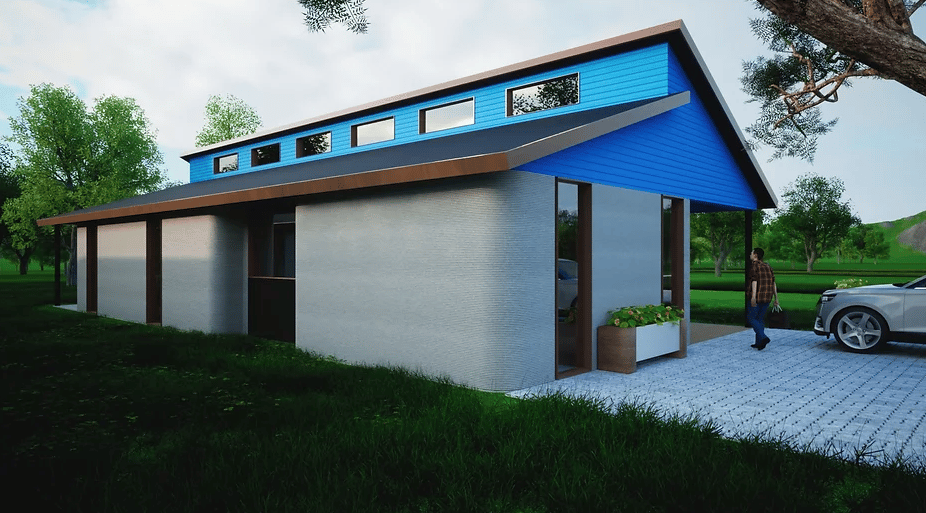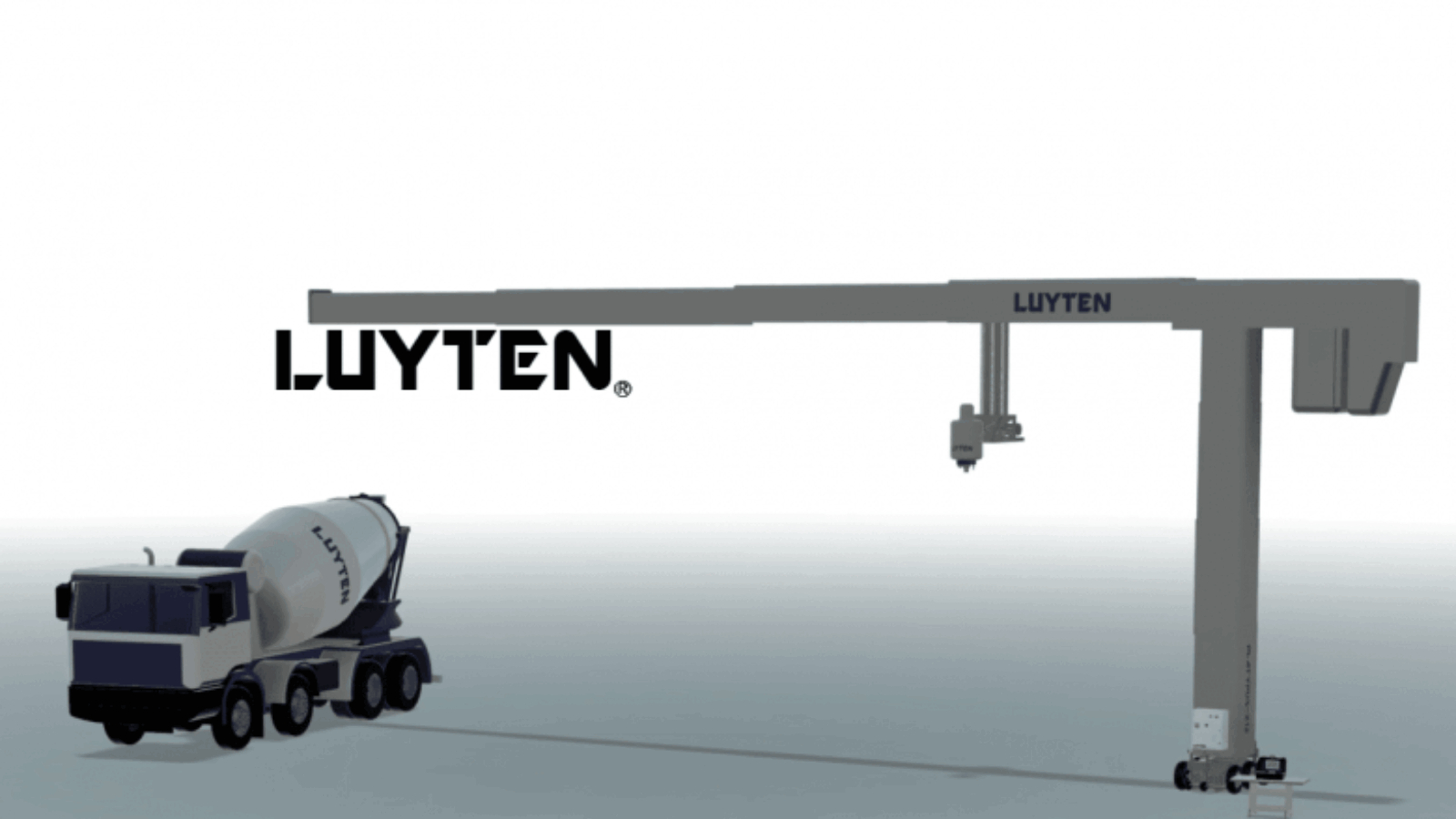Australian 3D printing building and construction company, Luyten 3D, has launched what is believed to be the world’s largest mobile AI-powered concrete 3D printer for the building and construction industry. The Platypus X12 printer has already received multiple orders from construction firms around the world.
“It is the most sophisticated mobile 3D concrete printer in the world. In designing the printer, we focused on cutting-edge tech and usability to ensure the printer delivered the most elaborate and precise results possible while also providing the most user-friendly experience possible,” said Ahmed Mahil, co-founder and CEO of Luyten. “The Platypus X12 includes a proprietary Luyten Tursiops extruder with an optional 3D-compliant contour nozzle. It also includes optional off-rail operations mode using sensor fusion technology coupled with robust AI algorithms for expeditionary use cases.”

“Flexible in scale, the printer can transform in size to a 12 x 6 mobile crane in 20 minutes, expanding its capability to print large-scale structures. It literally extends to 12 meters in width, 6 meters in height, and, thanks to its robotic nature, only takes a few minutes to unfold to complete size,” continued Ahmed Mahil. “Despite its size and robotic ability to extend and to any size, it is also very light, yet robust and mobile. The printer is unmatched internationally thanks to its capacity to incorporate acoustic and optical-based artificial intelligence for data-driven concrete printing. It also has a patented anti-clogging printer head, which means that the technology can produce state-of-the-art results time after time.”

Since launching in 2020, Luyten has continued to reach significant milestones, including building the first ever 3D printed house in Melbourne, Victoria in 2021. The house, called the ‘Heptapod’, is Australia and New Zealand building code (AS/NSZ 1170) compliant and was built using Luyten’s highly robust and eco-friendly Ultimatecrete 3D printable concrete – which results in 82.5 MPa compressive strength after 28 days, four times stronger than the 20 MPa residential building code requires.
“The Heptapod elements were printed in two days and assembled on day three. Printed elements were ready to handle and be moved within only five hours of being printed. This is the great thing about our special concrete mix, it cures quickly and delivers results that supersede what is currently available at four times less cost. In fact, the build cost was 70 percent less in comparison to traditional methods,” said Ahmed Mahil.
Manufacturing on Demand
In the same year, Luyten also signed an MOU with the University of New South Wales to develop 3D printing capabilities for structures and base camps on the moon, and other future human-inhabited planets.
In August 2022 Luyten printed the ‘Warle Akweke’, the first ever 3D printed house in situ, in an uncontrolled environment (outdoor conditions). This was, according to Luyten, the first 3D printed indigenous housing project in the world.
In addition to all of this, Luyten has just signed a new partnership with RMIT to provide a 3D concrete printer for the Centre for Innovation Structures and Materials (CISM).
“Luyten transforms construction projects that traditionally take months or years to complete and finishes them within a number of days. The 3D concrete printing revolutionary technology reduces 60 percent of construction waste, 70 percent of production time, and 80 percent of labor costs when comparing hands-on construction projects,” said Ahmed Mahil. “In addition, the technology is proven to increase construction site efficiency with 60 percent guaranteed costs savings, 300 to 500 times shorter execution times, and an 80 percent total reduction in monetary expenses without formwork in concrete construction. The world has never seen capabilities like this before.”
“When forming Luyten, we were cognizant of the construction industry’s carbon footprint, and determined to create construction solutions for generations to come, that reduce emissions. Our unmatched technology employs up to 40 percent less carbon dioxide emissions through propriety mixes that reduce the use of cement, and the robotic systems reduce construction site and logistics carbon dioxide footprints by 50 to 70 percent,” concluded Ahmed Mahil.
You might also like:
BOFA introduces 3D Print PRO 4 and 3D PrintPRO HT devices: These materials possess precise physical properties, such as strength, fire retardation, flexibility and scratch resistance, that meet specific product specifications. Many also require high-temperature 3D environments for processing, which, according to research by leading portable filtration specialists BOFA International, increases the potential for off-gassing, which can be toxic and smelly, and particulate emissions.
* This article is reprinted from 3D Printing Media Network. If you are involved in infringement, please contact us to delete it.
Author: Edward Wakefield


Leave A Comment